1. Over-Personalized Renovations
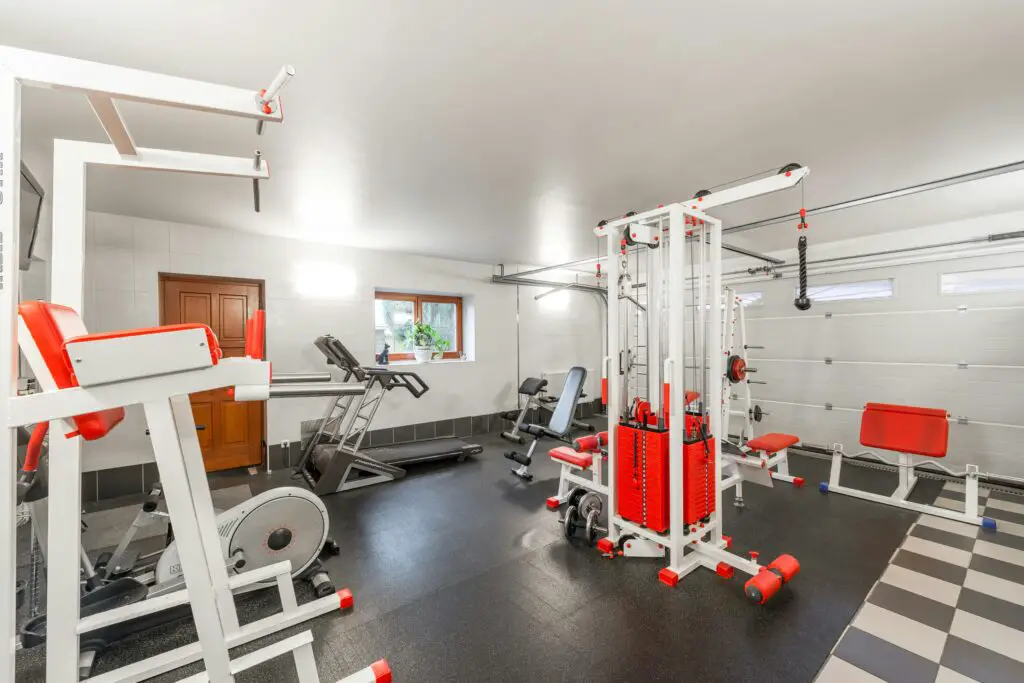
Making your home too specific to your tastes—like installing a custom home theater or converting a bedroom into a gym—can hurt its resale value. While these features may appeal to you, they may turn off potential buyers. Stick to versatile designs that accommodate a wide range of needs.
2. Skipping Energy Efficiency for Style
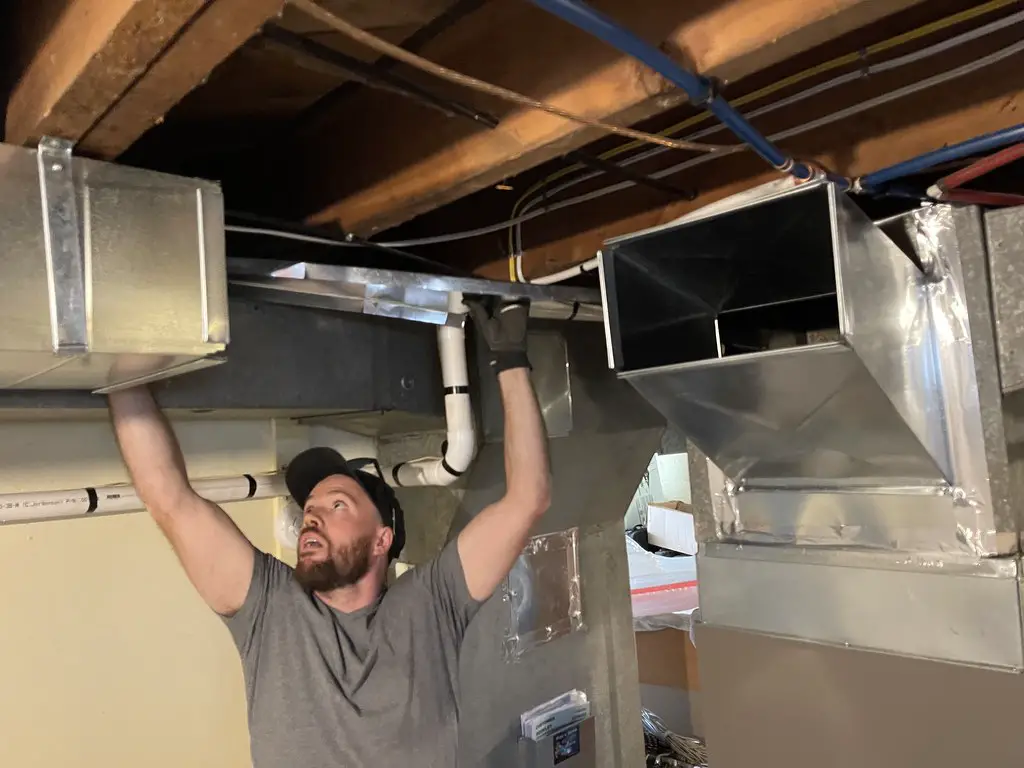
Focusing solely on aesthetics while ignoring energy efficiency is a common mistake. Inefficient windows, outdated HVAC systems, or poor insulation can lead to skyrocketing utility bills. Buyers are increasingly prioritizing energy-efficient homes, so skipping this trend may cost you in the long run.
3. All-White Everything
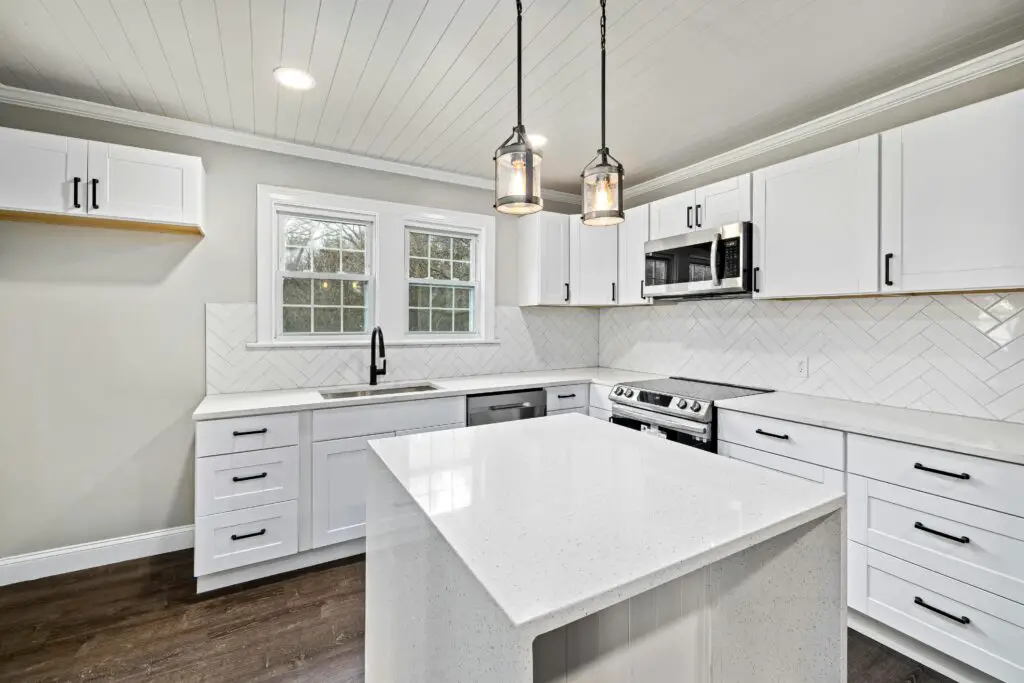
While minimalism has its appeal, all-white interiors are quickly losing favor. They can feel sterile, hard to maintain, and lacking in personality. Opt for warmer tones, layered textures, and natural materials to create a more inviting space.
4. DIY Projects Without Expertise
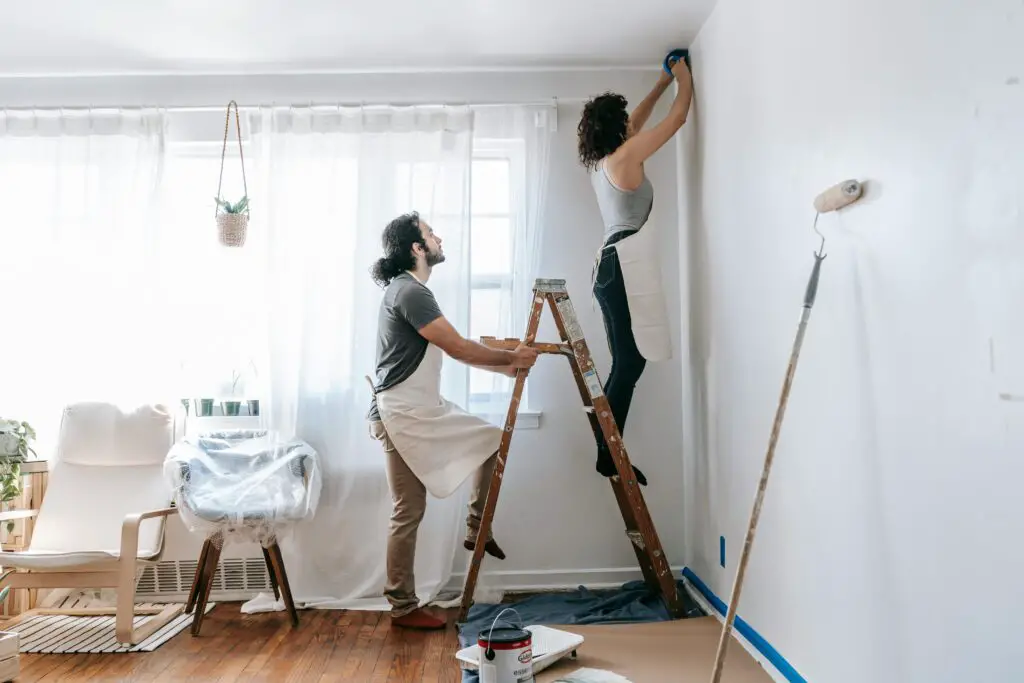
Tackling large-scale home projects without the necessary skills can lead to costly mistakes. Poorly executed renovations or structural changes might need to be redone by professionals. It’s better to invest in quality workmanship upfront than to regret a DIY disaster later.
5. Maximalism Without Functionality
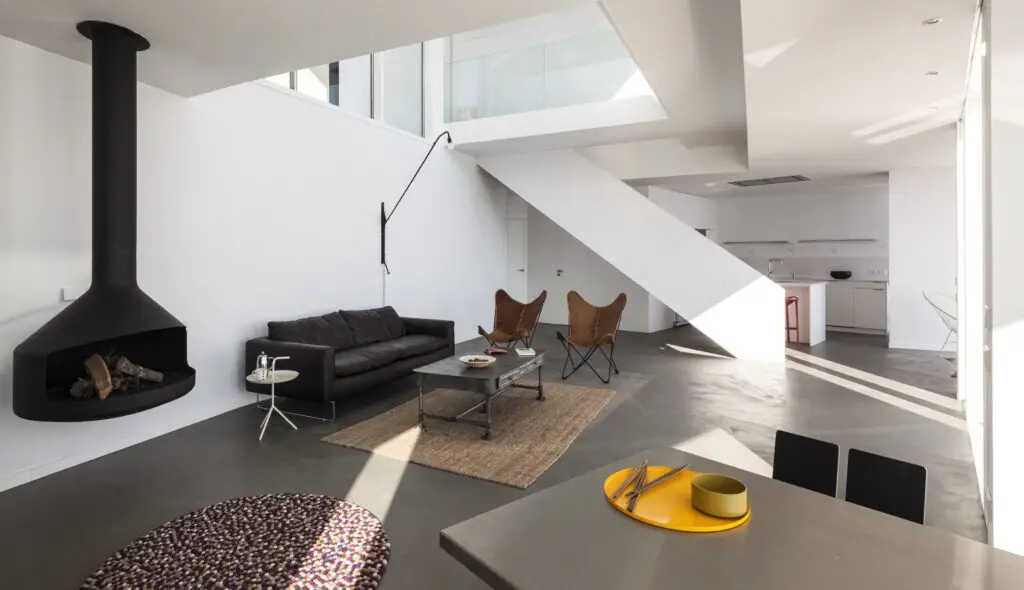
Filling your home with bold patterns, clashing colors, and oversized furniture might look trendy but can make spaces feel cramped and chaotic. Design choices should balance style with practicality, ensuring your home remains functional and comfortable.
6. Short-Lived Smart Home Gadgets
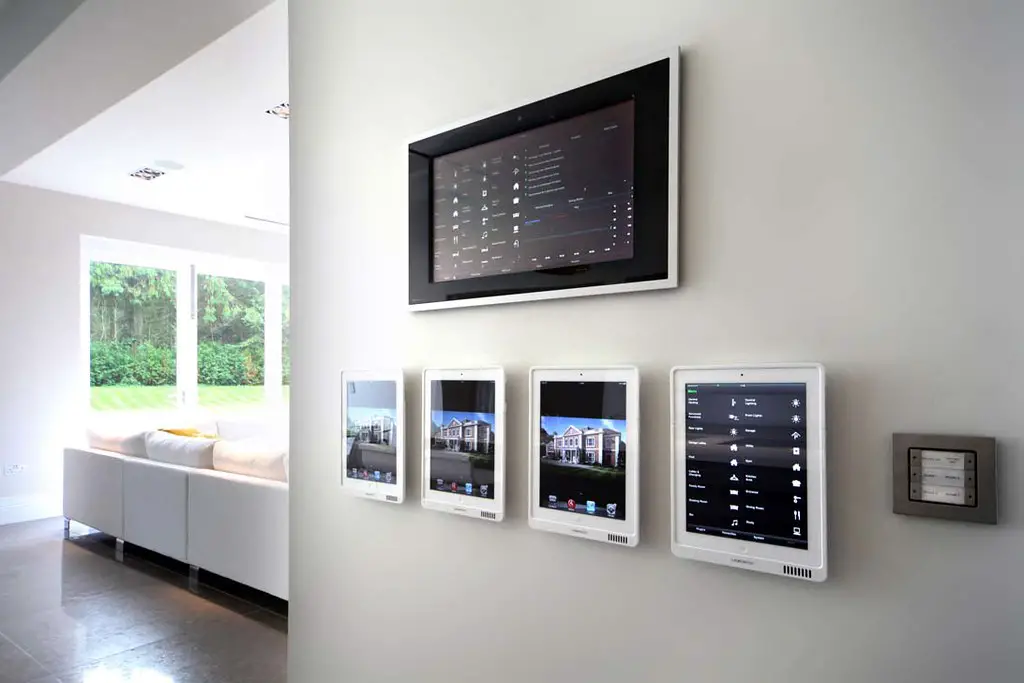
Investing heavily in tech trends like specific smart appliances or proprietary home systems may not age well. As technology advances, these features can become obsolete quickly. Focus on future-proofing your home with systems that are easily upgradable.
7. Overbuilding in Outdoor Spaces
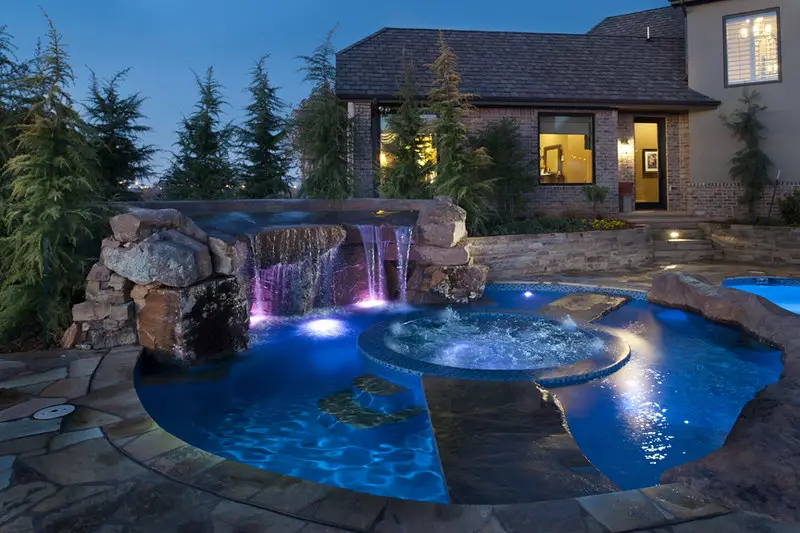
Adding extravagant features like oversized pools, outdoor kitchens, or elaborate landscaping might not yield a good return on investment. In certain climates, these features are impractical and underused, making them a regretful expense for many homeowners.
8. Ignoring Climate-Specific Design

Following housing trends that don’t suit your region’s climate—like open layouts in cold areas or minimal landscaping in lush zones—can lead to discomfort or high maintenance costs. Design choices should always consider local weather conditions and practicality.
9. Going Too Small with Tiny Homes
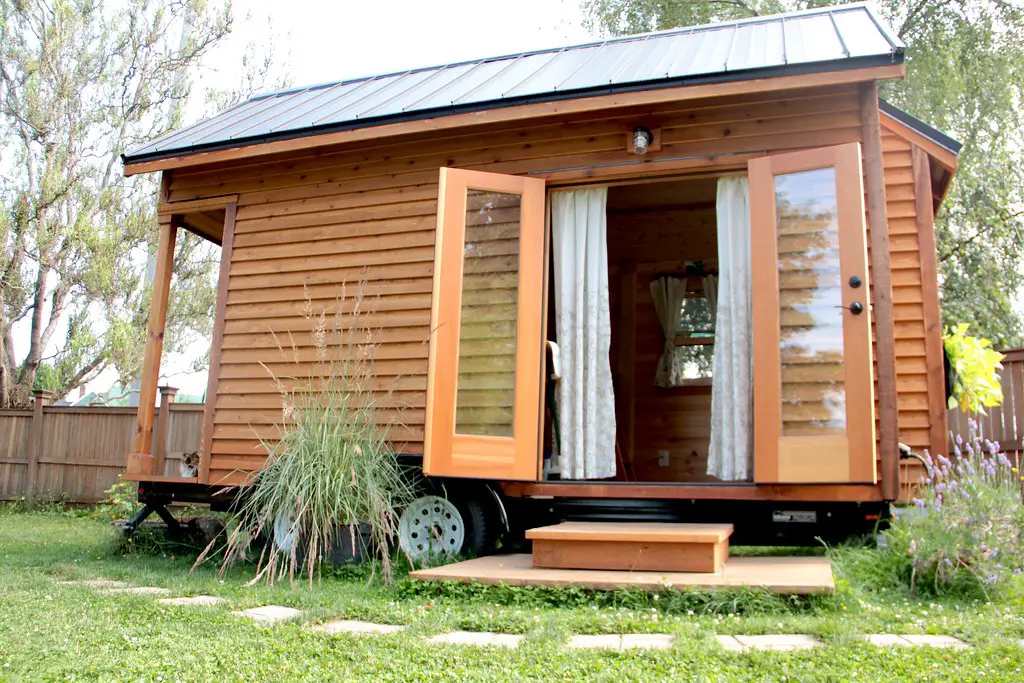
While tiny homes are trendy, their practicality for long-term living is questionable. Limited storage, cramped spaces, and zoning restrictions can make tiny home ownership more challenging than expected. Many end up regretting downsizing too drastically.
10. Eliminating Traditional Features
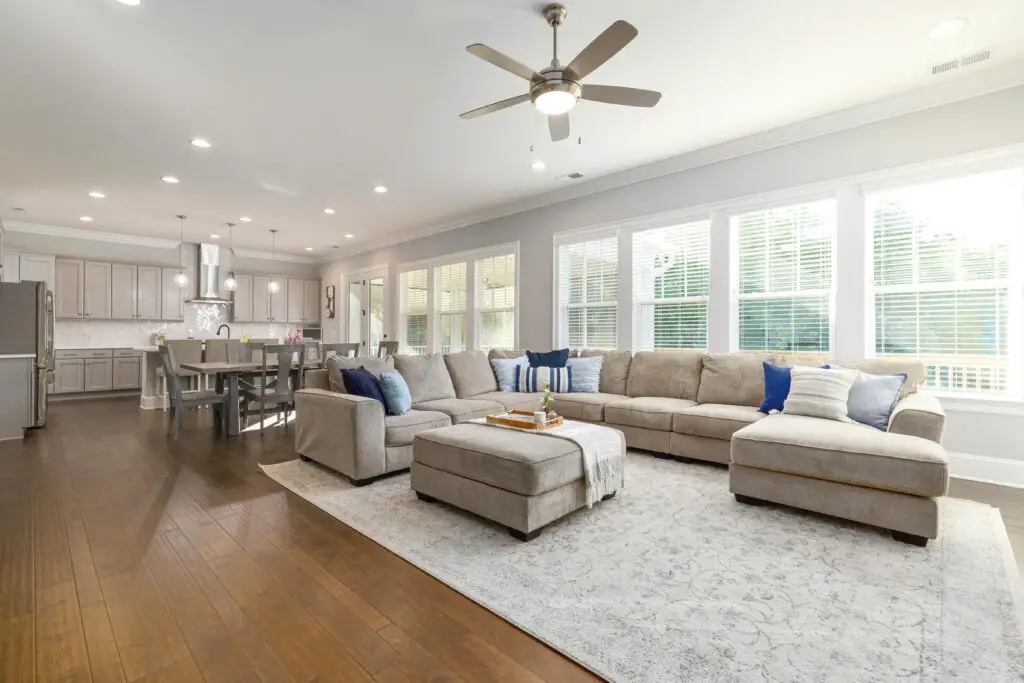
Removing dining rooms, bathtubs, or closets in favor of open concepts or trendy layouts might not appeal to future buyers. Traditional features still hold value for many, so be cautious about eliminating them completely.
11. Trend-Driven Finishes
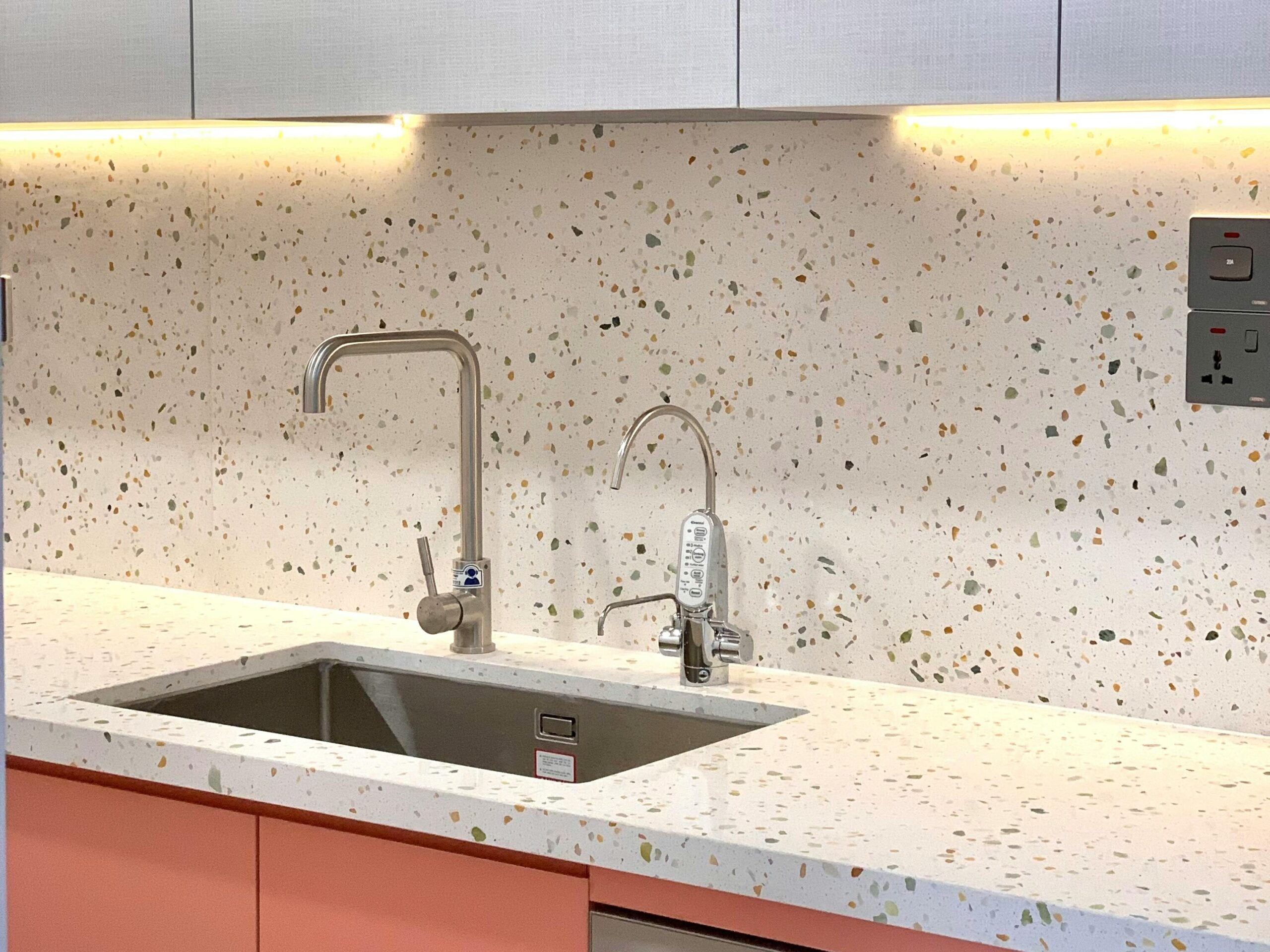
Trendy materials like terrazzo countertops or neon accent walls can quickly feel dated. These fads often lack the timelessness that adds lasting value to a home. Stick with classic designs that can easily adapt to evolving tastes.
12. Over-Leveraging for Luxury
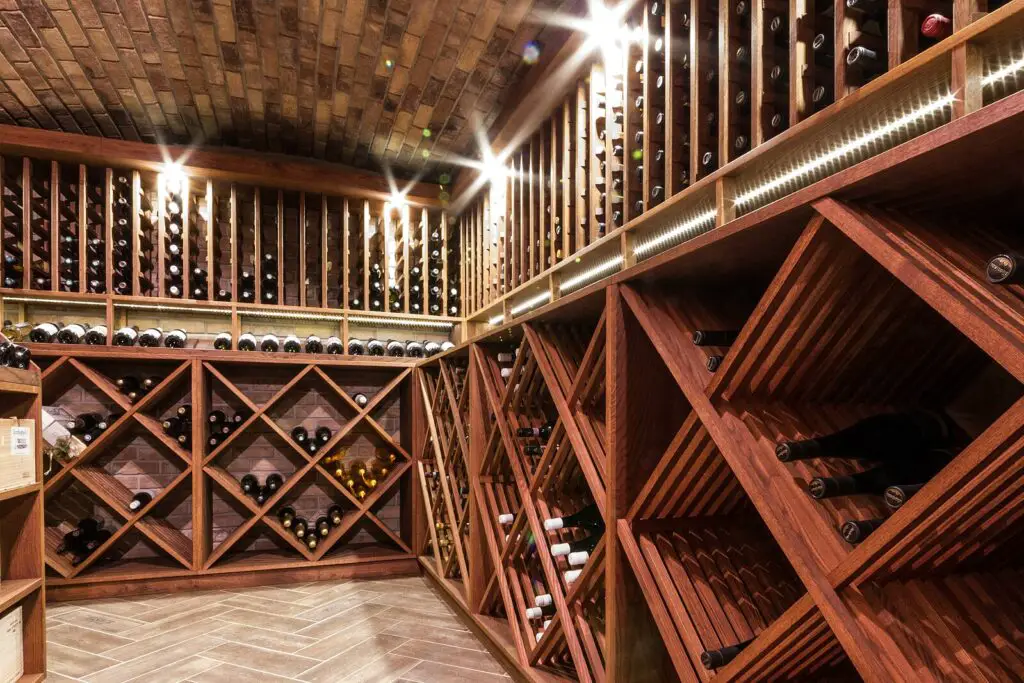
Stretching your budget to add luxury features like spa bathrooms, wine cellars, or high-end appliances can lead to financial stress. Many homeowners regret prioritizing luxury over affordability, especially if these upgrades don’t provide a solid return on investment.
